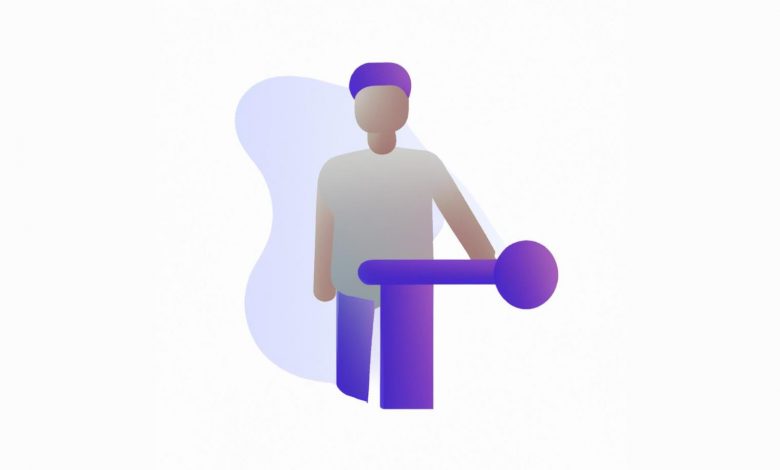The Psychology of Effective Call-to-Action Buttons

The Psychology of Effective Call-to-Action Buttons
Introduction
When it comes to driving conversions on your website, the design and placement of your call-to-action (CTA) buttons play a crucial role. A well-designed CTA button has the power to grab the attention of your audience and persuade them to take the desired action. But have you ever wondered what makes certain CTAs more effective than others? In this blog post, we’ll explore the psychology behind effective call-to-action buttons and provide you with valuable insights on how to optimize them for maximum conversions.
The Power of Color Psychology
One of the most important factors influencing the effectiveness of a call-to-action button is its color. The color you choose can evoke specific emotions and influence the decision-making process of your audience. Here are some guidelines to keep in mind:
Choose High-Contrast Colors
Your CTA button should stand out from the rest of your webpage. By using high-contrast colors, such as red or orange against a white or neutral background, you can create a visual hierarchy that draws attention to your button.
Use Psychological Triggers
Different colors are associated with specific emotions and behaviors. For example:
– Red: Urgency, passion, and excitement.
– Green: Trust, growth, and harmony.
– Blue: Trust, reliability, and security.
– Orange: Action, enthusiasm, and creativity.
Consider the emotions you want to evoke from your audience and choose a color that aligns with those emotions.
Utilize Color Combinations
In some cases, using a combination of colors can enhance the effectiveness of your CTA button. Complementary color schemes (colors opposite each other on the color wheel) can create a visually appealing contrast. Experiment with color combinations to find the one that works best for your desired outcome.
The Language of Persuasion
In addition to color, the language used on your call-to-action buttons can greatly impact their effectiveness. Here are some tips to craft persuasive CTA copy:
Use Action-Oriented Words
CTA buttons should prompt immediate action, so it’s important to use action-oriented words like “Get,” “Download,” “Try,” or “Start.” These words instill a sense of urgency and compel your audience to click the button.
Be Clear and Concise
Make sure the text on your CTA button clearly communicates the benefit or value your audience will gain by clicking it. Keep the copy concise and avoid vague or ambiguous phrases that may confuse your visitors.
Incorporate Fear of Missing Out (FOMO)
Humans are naturally driven by the fear of missing out on something valuable. By incorporating FOMO in your CTA copy, you can create a sense of urgency and encourage conversions. For example, include phrases like “Limited time offer” or “Join now to access exclusive content.”
Frequently Asked Questions (FAQs)
FAQ 1: How many call-to-action buttons should I have on a webpage?
Answer: It’s generally recommended to limit the number of call-to-action buttons on a webpage to avoid overwhelming your visitors. As a best practice, focus on one primary CTA that aligns with your conversion goal. You can also include secondary CTAs, but ensure they are in a less prominent position compared to your main CTA.
FAQ 2: Should I use a different color for my primary and secondary CTAs?
Answer: Yes, using a different color for your primary CTA can create visual distinction and help it stand out. This way, your audience will immediately know which action you want them to take. However, ensure the color of your secondary CTAs complements the overall design and doesn’t distract from your main CTA.
FAQ 3: How can I test the effectiveness of my call-to-action buttons?
Answer: A/B testing is a great way to evaluate the effectiveness of your call-to-action buttons. Create different versions of your CTA buttons, changing elements like color, copy, size, or placement, and measure their performance. Split your audience into two groups, show each group a different version, and analyze the results to determine which version drives higher conversions.
Conclusion
Understanding the psychology behind effective call-to-action buttons is essential to optimize your website’s conversions. By leveraging color psychology and persuasive language, you can create compelling CTAs that resonate with your audience and drive them to take action. Remember to continuously test and refine your CTAs to maximize their impact. Start improving your website’s performance today by implementing these psychology-backed strategies.



